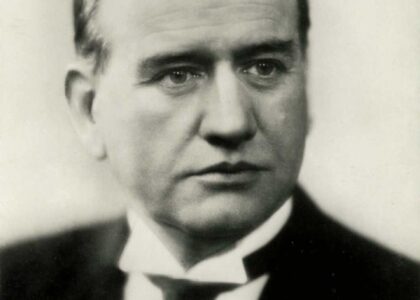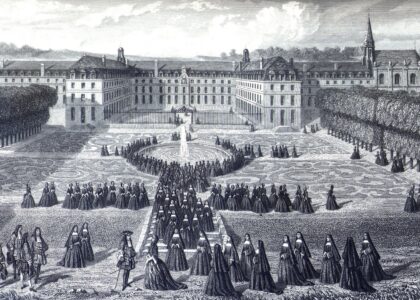Welcome to the Maison des Gouverneurs, currently serving as the Hôtel de Ville de Gustavia, an iconic landmark in the vibrant history of Saint Barthélemy. This building stands as a testament to the island’s rich colonial past and its journey through time. Originally established in the late 18th century, this site witnessed the ebb and flow of colonial powers and the vibrant life of Gustavia’s residents.
The Maison des Gouverneurs was constructed when the island was a Swedish colony, a period that began in 1784 when France ceded Saint Barthélemy to Sweden. This strategic move was made under the reign of King Gustav III, and the town was subsequently renamed Gustavia in his honor. The building itself was initially established as the residence for the Swedish Governor, serving as the epicenter of political power and social life on the island.
Throughout its history, the Maison des Gouverneurs has played host to numerous significant events. It was here that important decisions regarding the governance and development of the island were made. After the island reverted back to French control in 1878, the building continued to serve administrative functions, adapting to the changing political landscape.
Several notable figures have been associated with the Maison des Gouverneurs. Among them was Baron Jean-Baptiste Sylvestre de Lespinasse, the first Swedish governor who played a crucial role in the early administration of the colony. His leadership set the groundwork for the island’s development during its Swedish era.
The building has evolved over time, reflecting the architectural influences of its Swedish and French occupants. Today, it functions as the town hall of Gustavia, continuing its legacy as a center of governance. Its walls echo stories of the past, offering a glimpse into the island’s unique blend of cultures and histories.
In the broader historical context, the Maison des Gouverneurs symbolizes the complex colonial history of the Caribbean, marked by the interplay of European powers and the resilience of the island communities. As you stand before this building, imagine the bustling life of a colonial town, the exchanges between Swedish officials and local inhabitants, and the enduring spirit that continues to define Gustavia.





